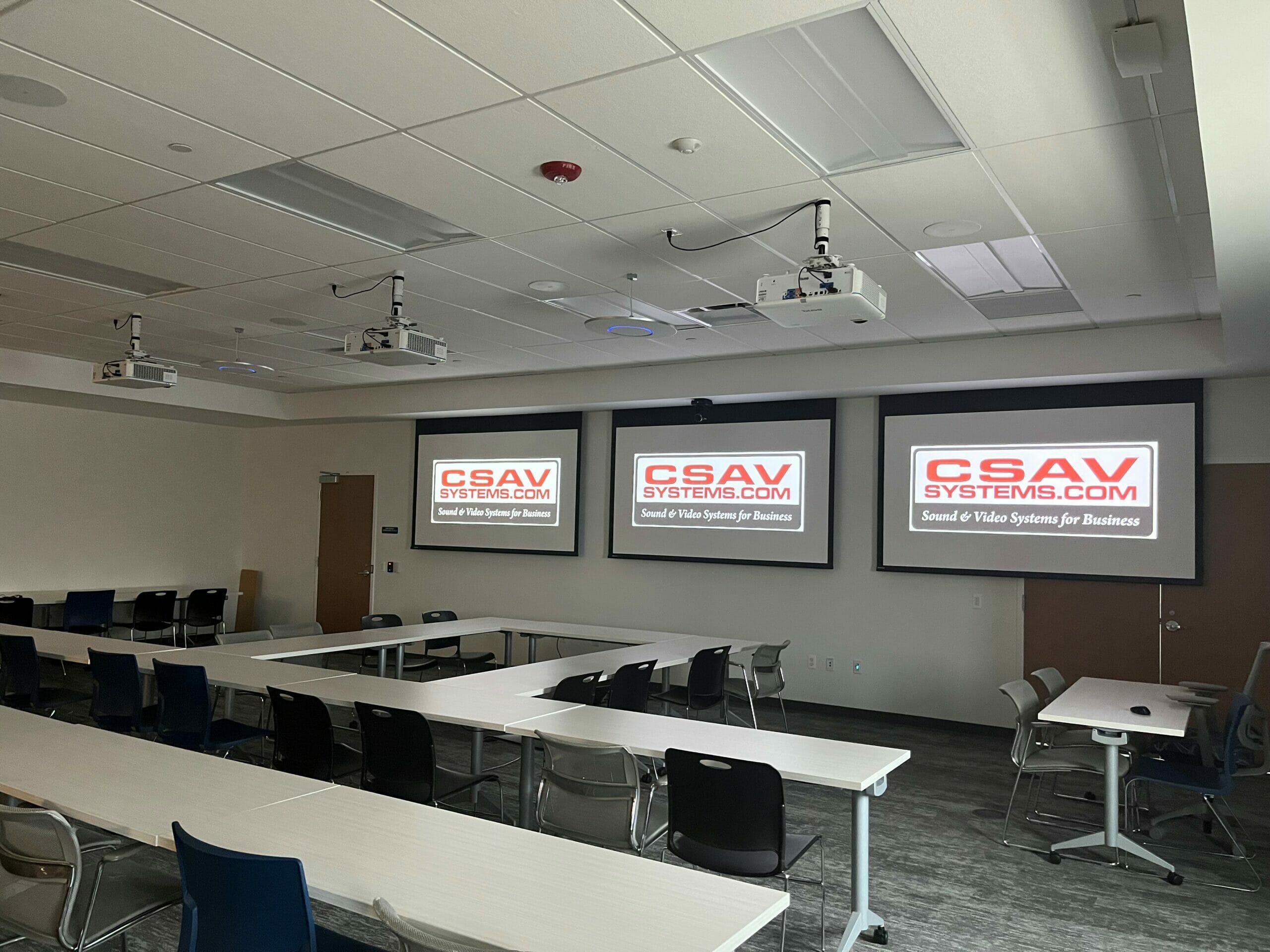Transforming Broadcasting with Innovative Audio over Internet Protocol Solutions toward a Connected Future
The world of broadcasting is experiencing a major transformation due to cutting-edge audio via IP (AoIP) technologies. Such advancements are changing the way audio content is produced, distributed, and consumed. Audio over IP refers to the approach of transmitting audio streams over a computer system, using Internet Protocol (IP) instead of traditional analog techniques. This transition not only enhances the standard of audio transmission but also provides broadcasters with greater flexibility and control over their content.One key benefit of audio over IP technology is its capability to connect multiple devices and technologies seamlessly. Traditional broadcasting often relied on intricate wiring and tangible links, which could be cumbersome and limited. With AoIP, broadcasters can readily interface microphones, audio consoles, and additional equipment through a shared infrastructure. This integration allows for off-site broadcasting and live streaming from almost any location, making it easier to reach listeners across the globe. As a consequence, broadcasters can respond quickly to ongoing events and listener requests, leading to more vibrant and engaging programs.
Additionally, AoIP systems facilitates superior audio standards that improve the auditory encounter. In contrast to conventional broadcasting methods, which may diminish sound standards, audio over IP can preserve the purity of the audio stream during the transmission process. This means that listeners can experience crisper and more detailed sound, regardless of whether they are tuning in via radio, streaming online, or using mobile devices. The ability to deliver premium audio is especially important for music and talk shows, where every detail matters to the audience.
Moreover, the implementation of audio over IP systems can lead to cost savings for broadcasters. By leveraging existing infrastructure systems, companies can eliminate the need for costly hardware and large-scale cabling. This not only lowers initial costs but also decreases maintenance expenses Web Site over time. Broadcasters can allocate resources more efficiently, investing in content creation and talent development. As a result, the entire media industry can gain from enhanced creativity and inventiveness, as financial resources are redirected toward improving programming and engaging with audiences.
In summary, the shift towards audio over IP technologies is changing the media landscape. By allowing seamless connections, enhancing audio quality, and lowering costs, AoIP is clearing the path to a better integrated future in broadcasting. As broadcasters continue to adapt to these changes, they will be better equipped to satisfy the needs of their audiences, create compelling programs, and stay competitive in an constantly changing industry. The prospects of broadcasting is promising, and audio over IP will play a crucial role in shaping how we experience audio content in the future to follow.
